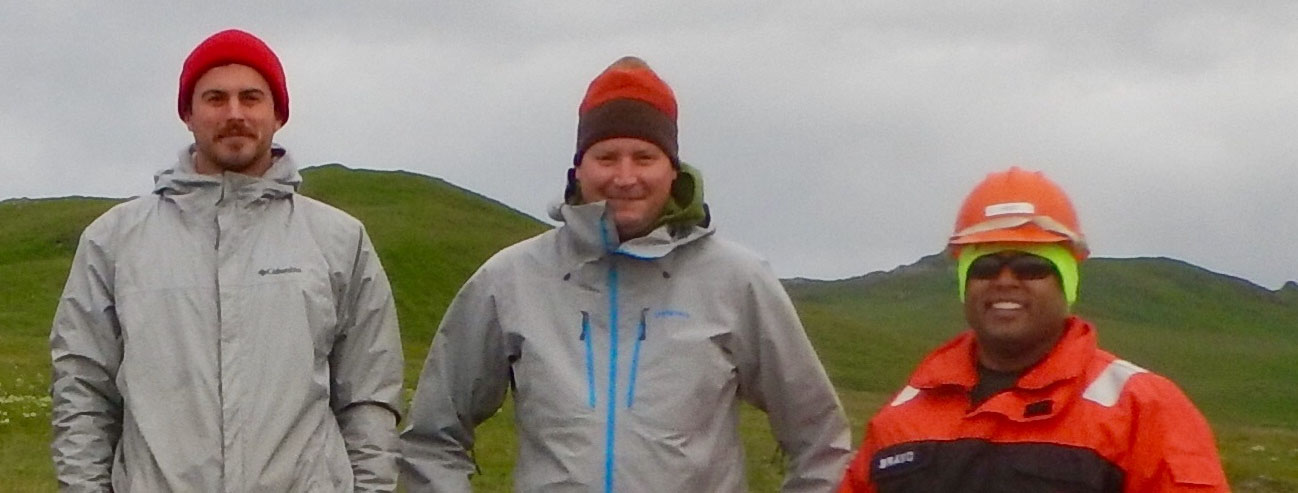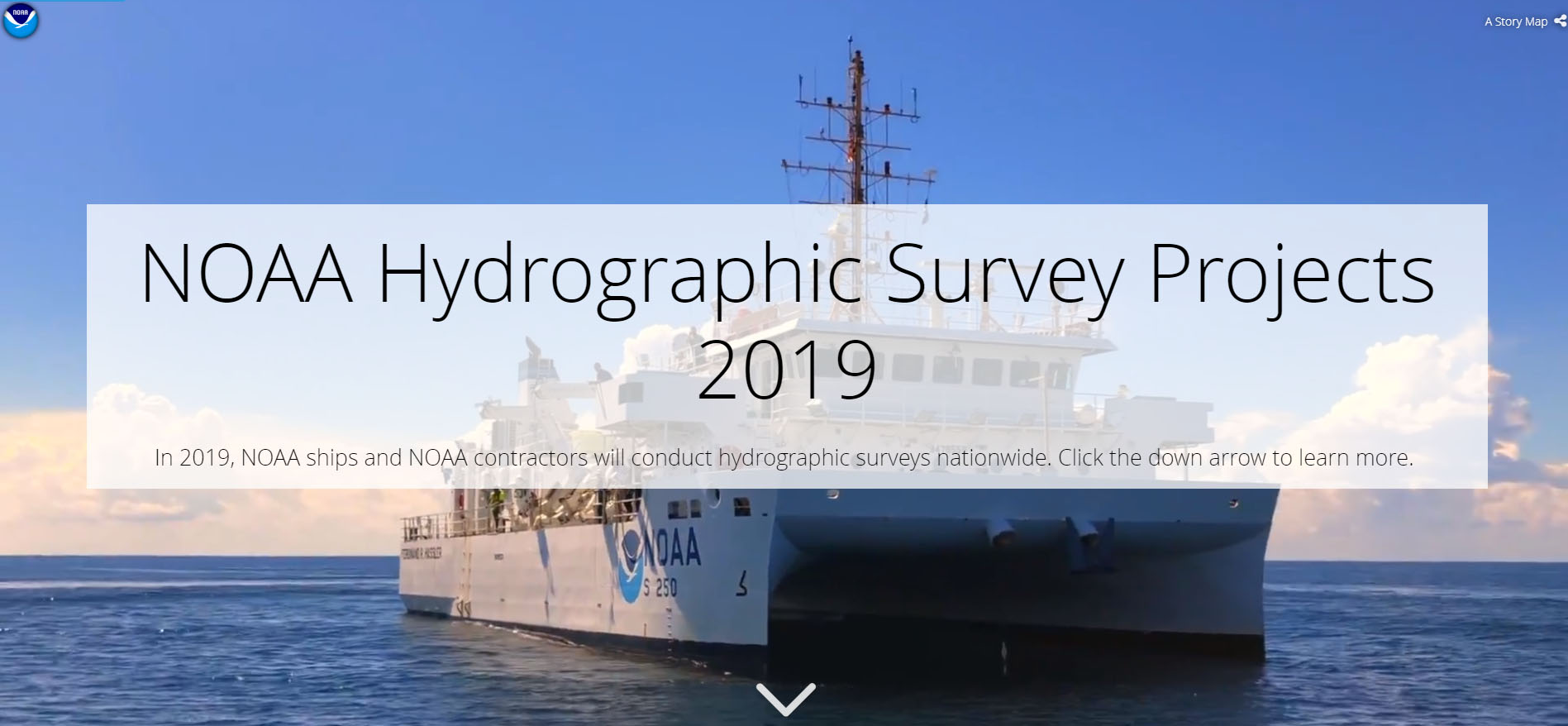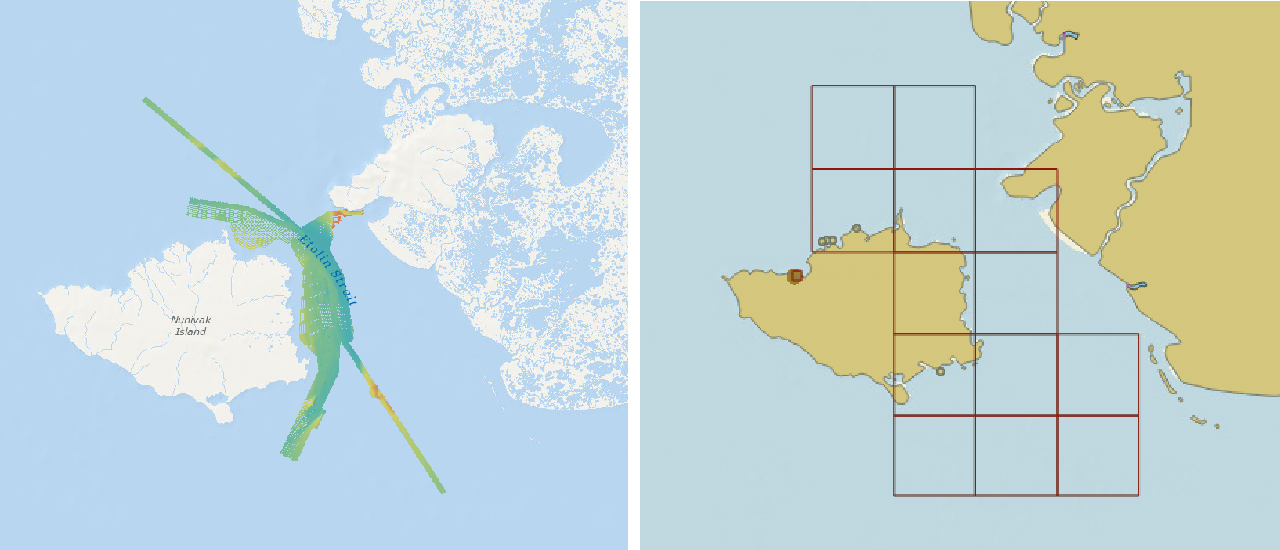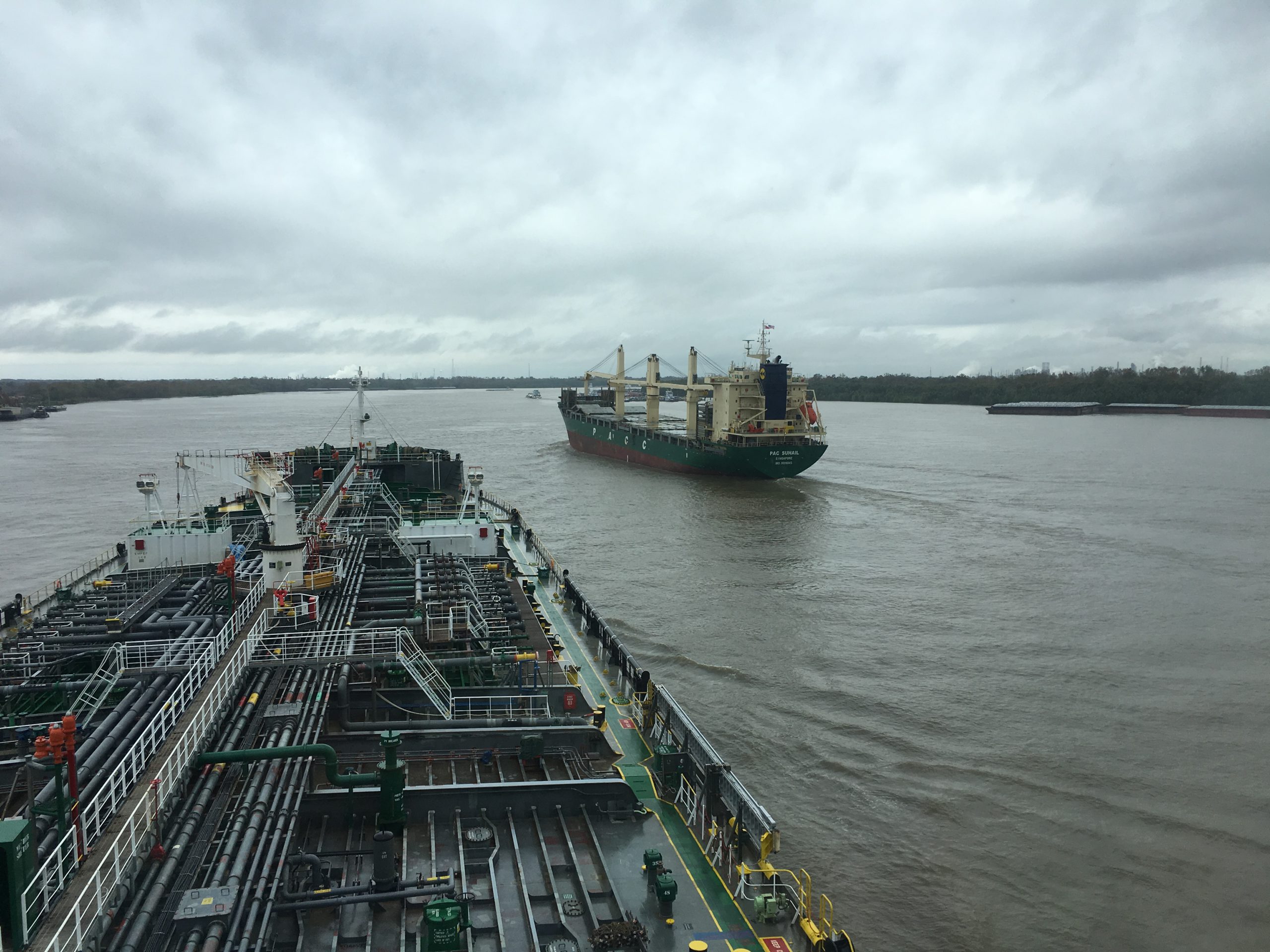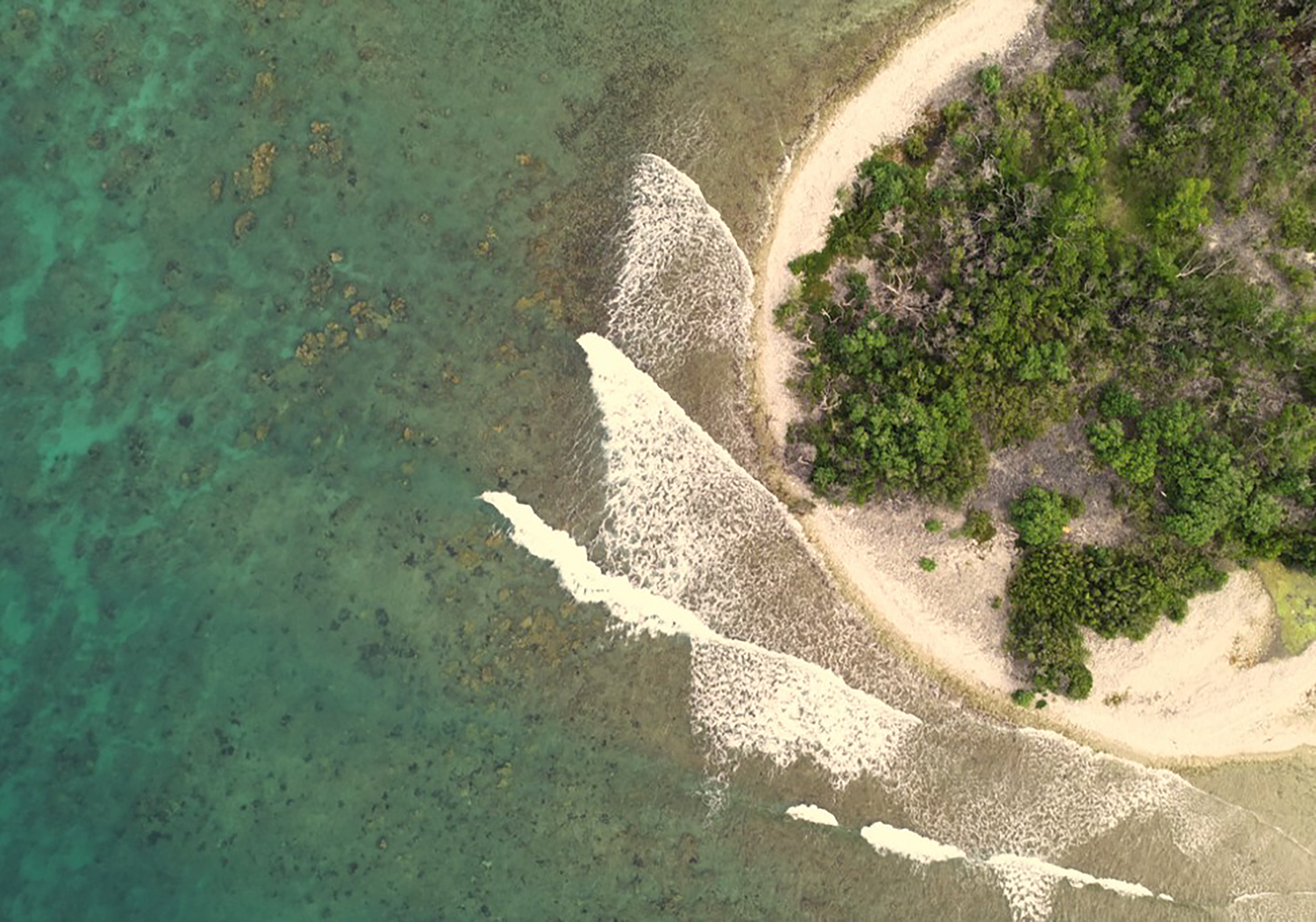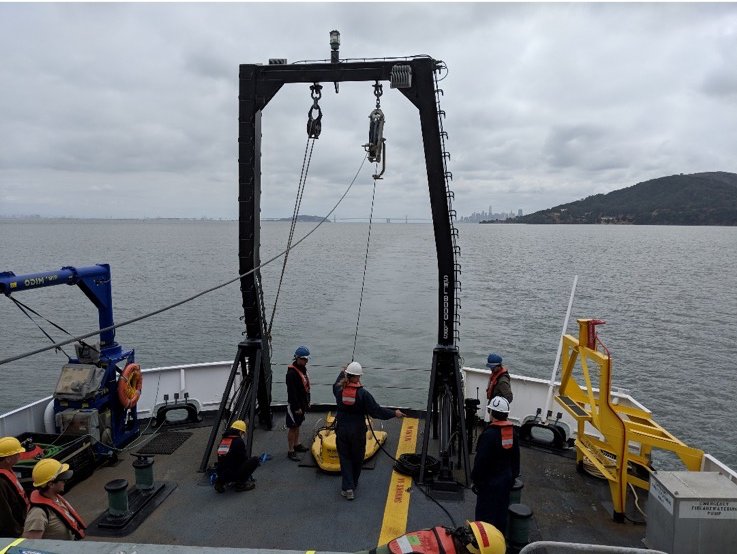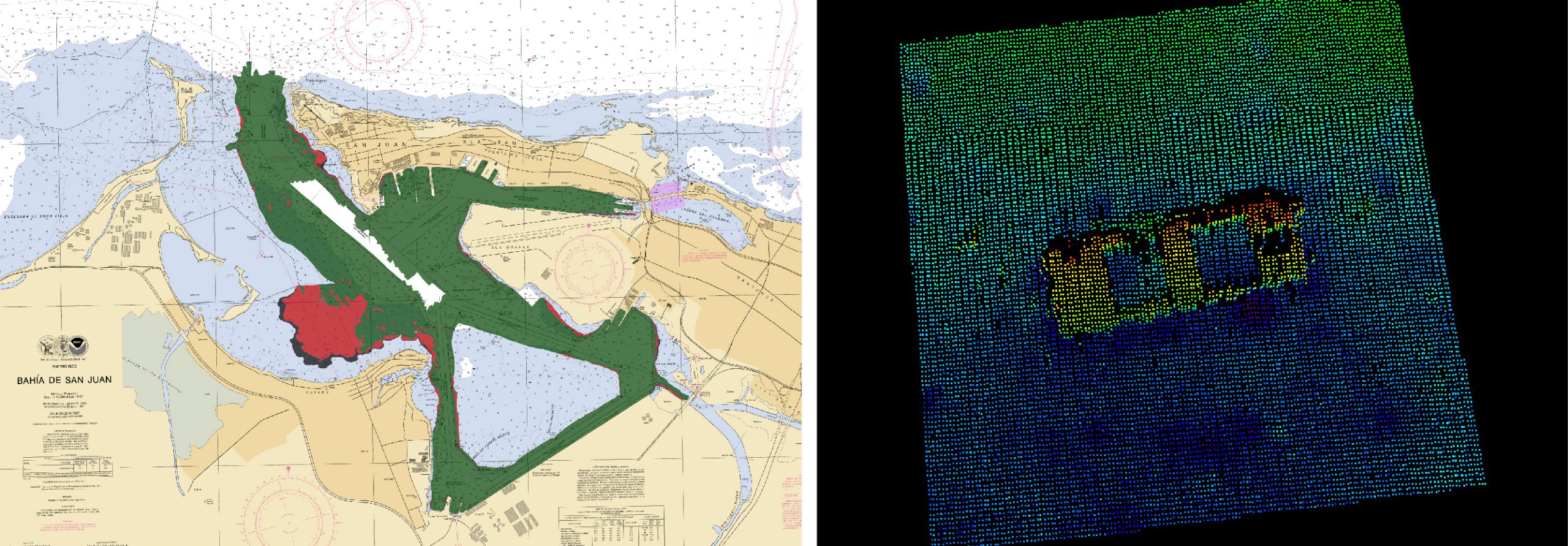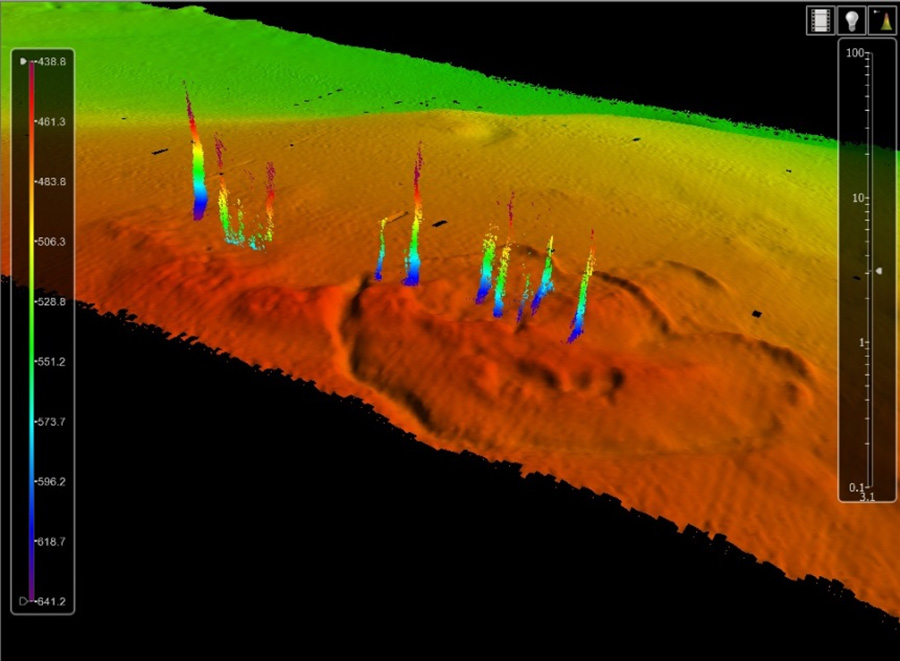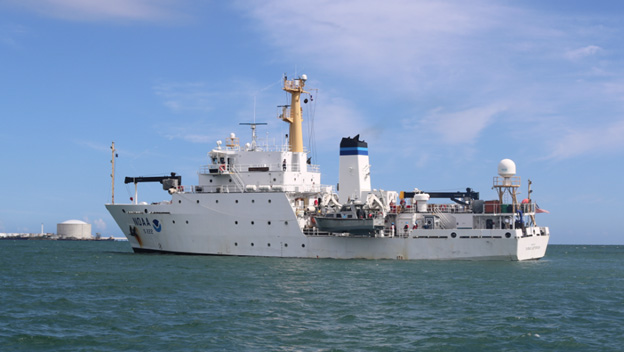Ever wonder what it’s like to be a member of the NOAA Coast Survey team? We use the Coast Survey spotlight blog series as a way to periodically share the experiences of Coast Survey employees as they discuss their work, background, and advice.
Kurt Mueller, physical scientist
Continue reading “Coast Survey spotlight: Meet Kurt Mueller”“The hydrographic data we acquire and review adds to the scientific knowledge of the seafloor and is valuable to other agencies to simulate sea level effects on coasts, identify sensitive marine habitats, and select alternative energy sites, among many other uses.”

